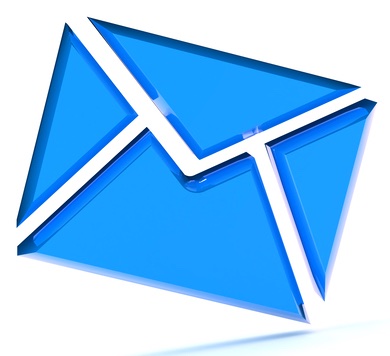A free consultation can help you determine if and how this is a fit for your business.
Schedule ConsultationIntroduction
Data entry is often thought of as a manual and repetitive task. In following, four types of automated data entry examples will be given. You will be provided with a taste of data entry when it has a far less manual grind.
Whether you are processing claims, performing accounting, cleaning data, formatting data, or entering products, the types of data entry automations below are relevant to you.
Four Common Types of Data Entry Tasks Relevant to Most Businesses
Here are four situations where automated transferring or syncing accomplishes data entry:
- Electronic forms on your website.
- Loose papers that need to be entered into your system.
- Data (can be from dozens of locations) that needs to be entered into your CRM, marketing platform, sales system, or other system.
- Parts of a database that need to be synced with a CRM, marketing platform, a third-party website, external systems, or another program of your choosing.
Connecting Systems Eliminates Data Entry
What do the four above types of data entry have in common?
These all involve "picking up" data and "moving it" elsewhere.
Let's say you have emails, invoices, paper correspondences, and other documents that need to be input into your systems.
If systems can be connected to each other, data can be electronically transferred. This eliminates the need for manual entry.
Later, I will explain how this is possible from a technical standpoint.
Data Entry Allows You to Automate Digital Tasks
Invoices, purchase orders, and many types of documents can be understood and processed in bulk.
Maybe the data of interest to you resides in email accounts, accounting software, spreadsheets, or documents stored locally on computers. Uploading data into systems isn't anything new. But, how can you create automations that use this data to perform digital or clerical tasks?
Connectors retrieve and format the data and transfer it to your systems. But, these connectors can perform hundreds of different actions. You can put your data to use so it can, perform tasks, create automations.
This article delves into several automations that can be performed.
Examples of Digital Task Automations
If you wish to see examples of how your sales processes can be automated, please click here.
Or, click here, to see how marketing processes can be automated.
Formatting and data cleaning can also be part of your automation process as discussed here.
How is Task Automation Possible? How are Systems Connected?
Technologies referred to as connectors sync data between your systems. This prevents you from needing to manually transfer the data. Once a connection is established and rules/directives are given, the transfer of data is seamless.
Today, over 2 million businesses use connectors that can perform the varied operations above more efficiently than older solutions. These are designed for small and medium sized businesses.
So, how does this work? Connectors eliminate data entry by allowing programs to talk to one another. Thousands of them are currently available for resolving specific situations like the above-mentioned bullets. These Swiss army knife solutions are gaining traction in the marketplace for solving everyday problems.
If Your Data is not Clean, you can't Automate
Systems with disorganized data are common. I see this over and over again when clients show me their data for the first time. If it's not clean, it can't perform tasks for you, it can't be automated, because it is not trustworthy.
Maybe one system expects data in one format, and another system expects a different format. IntelliClew's team utilizes various cleaning programs and techniques. These tools allow a wide range of data cleaning operations to be applied quickly.
Data cleaning can be an onerous and ongoing task. But if tools are used to expedite traditional manual processes at least the parts of your system that are a priority can be cleaned. Then, and only then, can automations be a weapon in your arsenal.
Would any of the above be a helpful solution for your business?
If you wish to learn how these solutions can be tailored to assist your business, you are welcome to schedule a free consultation by clicking on the red button below.
A free consultation can help you determine if and how this is a fit for your business.
Schedule Consultation(Limited time offer: consultation is free)




